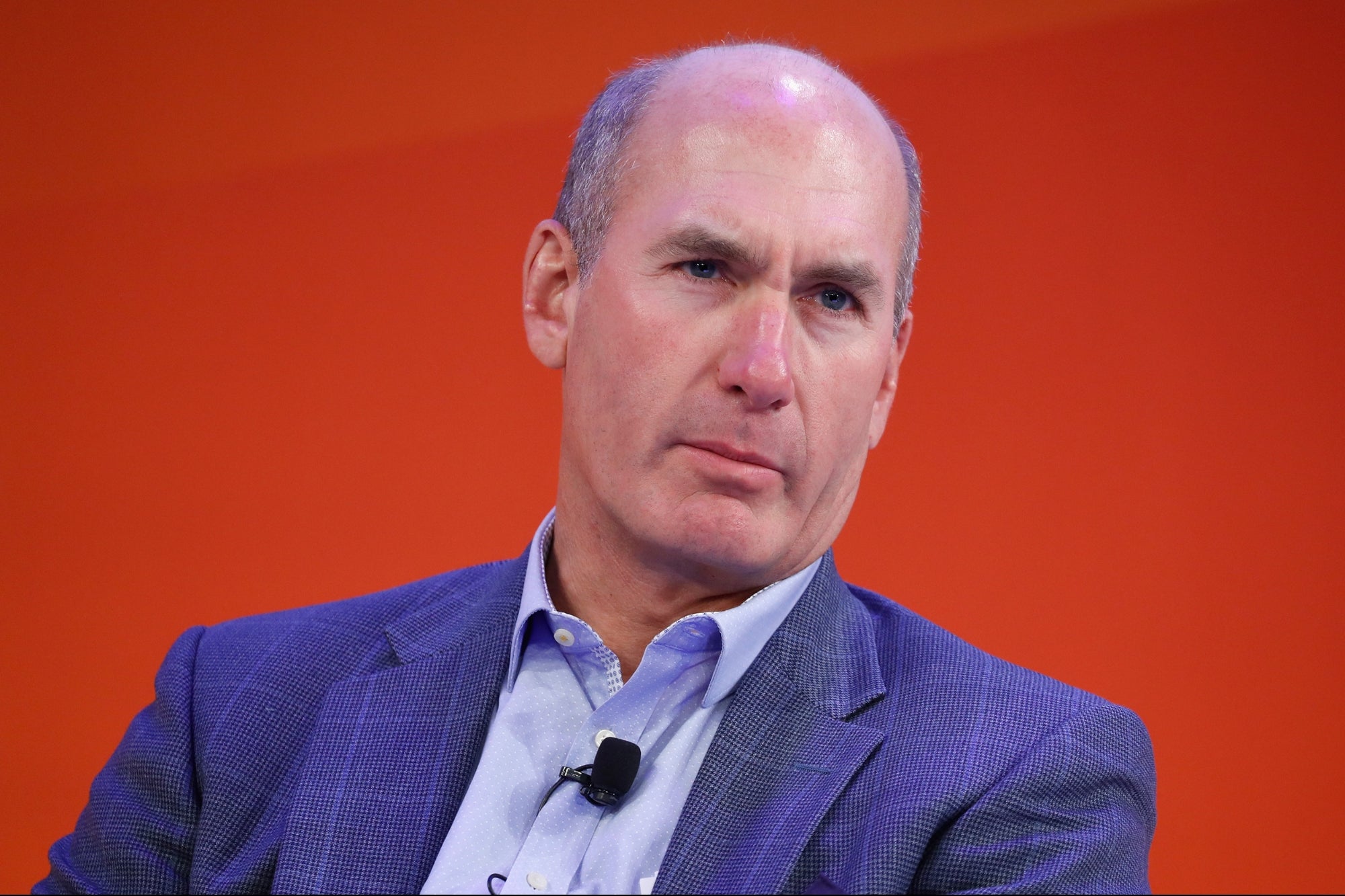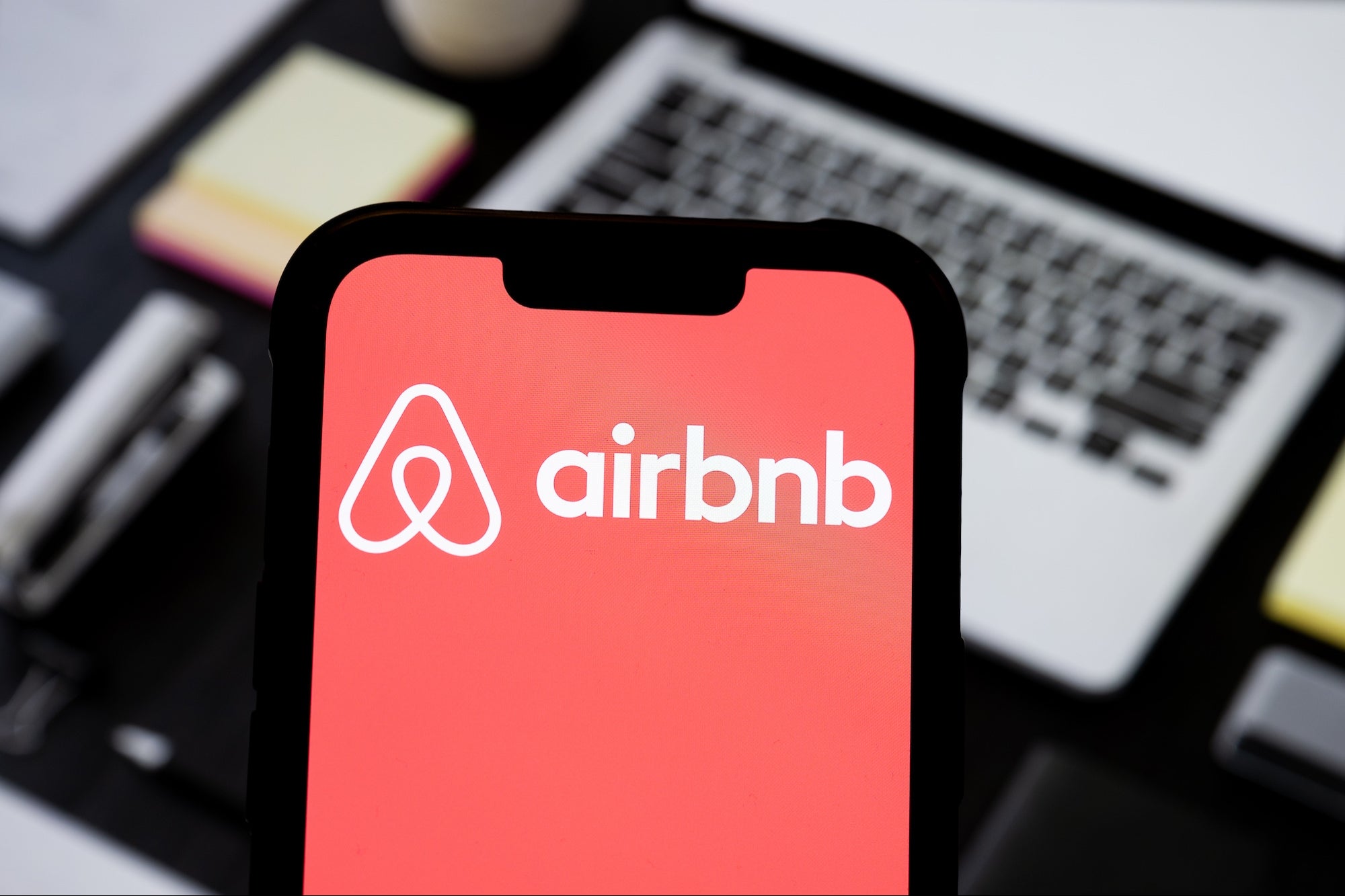Opinions expressed by Entrepreneur contributors are their own.
Most small business owners are playing a game of financial chicken, and they don’t even realize it.
If you’re one of these business owners, you’re likely grinding through each month, covering expenses and hoping the next payment hits before the cash runs out. But without knowing exactly how long your current revenue and reserves will sustain you, you’re essentially flying blind. That’s where understanding your runway comes in.
Related: Spend Less Time Worrying About Your Company’s Runway — And More Time Rethinking Your Strategy. Here’s How.
What is “runway” in business?
Runway refers to how long your business can continue operating before it runs out of money, assuming no changes in revenue or expenses. It’s one of the most critical financial metrics for small business owners to understand, and yet very few track it regularly.
Think of it like this: If your checking account were a gas tank, your runway tells you how many miles you can go before stalling.
The simple formula for calculating runway
To calculate your runway, you need just two numbers: your cash reserves and your monthly burn. Simply put, your runway equals your cash reserves divided by your monthly cash burn.
If you aren’t sure what your cash reserves are, it’s just what is in your bank account. This includes whatever you have in your business checking account, savings and any short-term accessible funding sources.
Your cash burn is your average monthly expenses minus your average monthly revenue. For example, say you make $15,000 per month in your business and spend $25,000. Your burn is $10,000.
So, let’s take an example. Say that you have this $10,000 of monthly burn and you have $50,000 of cash in the bank. This means that if nothing changes (think: no growth, no cost cutting), you’ve got five months to either become profitable or raise more money.
If you are profitable already — congrats! In that case, you should have enough to extend your runway indefinitely as long as you keep an eye on your financials and pivot if that becomes necessary. Continuing to monitor your profit and loss statement each month will help you in case you do have a down month, if runway becomes a concern again.
Where most founders go wrong is assuming profitability is static. Just because you’re profitable today doesn’t mean you’ll stay that way if client churn increases, ad costs rise or your industry slows down. Runway isn’t just about surviving downturns. It’s also about having enough lead time to adapt to changes you didn’t anticipate.
Related: 3 Essential Steps for Startups to Keep Enough Cash in the Bank
Fixed vs. variable expenses
Understanding your expenses is just as important as understanding your revenue. Fixed expenses are those that don’t change month to month, regardless of your sales. Common examples include rent, salaries and software subscriptions.
Variable expenses are those that fluctuate with business activity, like contractor hours, cost of goods sold and shipping.
Fixed expenses are your biggest risk in a downturn. If revenue drops, you’re still locked into those commitments. That’s why high fixed costs can make your runway feel like it evaporates overnight.
On the other hand, variable expenses can offer flexibility. If sales slow, those expenses often decline in tandem. I’d recommend that at least 30% of your expenses stay variable, to give you flexibility in the case of a downturn.
This is also why many service-based businesses do better in uncertain economies — they can quickly adjust labor and project costs without dismantling their entire operation. If your business model is highly fixed, your job as CEO is to build in as much optionality as possible.
5 ways to extend your runway
If your current runway number feels a little too short for comfort, don’t panic. That just means it’s time to take action.
The fastest and often easiest way to extend your runway is to cut or renegotiate fixed costs. This could look like pausing subscriptions you’re not actively using, shifting team members from salaried roles to contractor-based or part-time ones, or negotiating a better lease or vendor contract. Every dollar you shave off fixed expenses is a dollar that stretches your available cash.
Another effective approach is to stabilize your revenue. Moving clients to a retainer model or incentivizing upfront payments (even if it’s with a small discount) can help reduce month-to-month revenue swings and improve cash flow. Recurring income not only helps you sleep better at night — it makes forecasting and planning dramatically easier.
You can also look at your accounts payable processes. Extending your payment windows with vendors, within reason, can give you more breathing room. If you typically pay invoices in 10 days, negotiating for 30-day terms can help you hold onto cash longer without disrupting relationships.
In some cases, it’s worth exploring a short-term capital solution. That might be a line of credit, a bridge loan or even early access to accounts receivable through invoice factoring. If you’re confident in your business’s direction but just need time to get there, having access to capital can keep momentum going without forcing desperate decisions.
Finally, focus on cash efficiency. If a part of your business consistently generates leads or revenue at a strong margin, double down on it. And if there’s something you’re doing that burns time and money without results, pause it.
Related: 5 Ways to Create Sustainable Funding and Get Your Business Out of the Hole
Why this matters more than ever
In a volatile economic climate, businesses that understand and protect their runway are the ones that survive and thrive. Growth is great, but cash is what keeps the lights on and gives you security that your business will be here tomorrow.
This kind of visibility gives you power. It lets you make decisions with confidence, whether that’s hiring, pivoting your offer or saying no to a client who isn’t a fit.
Runway is your financial reality check. The good thing is that once you know it, you can change it.








